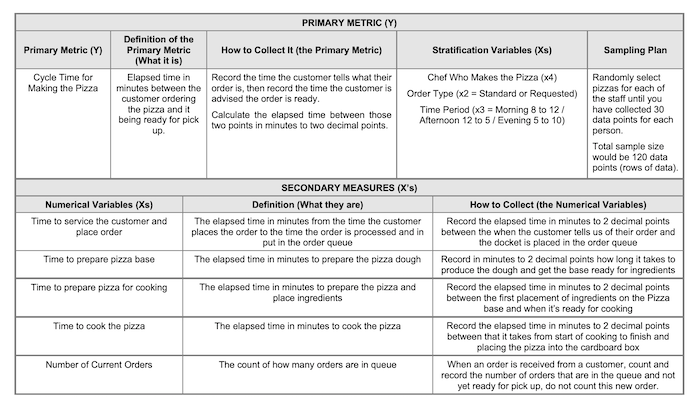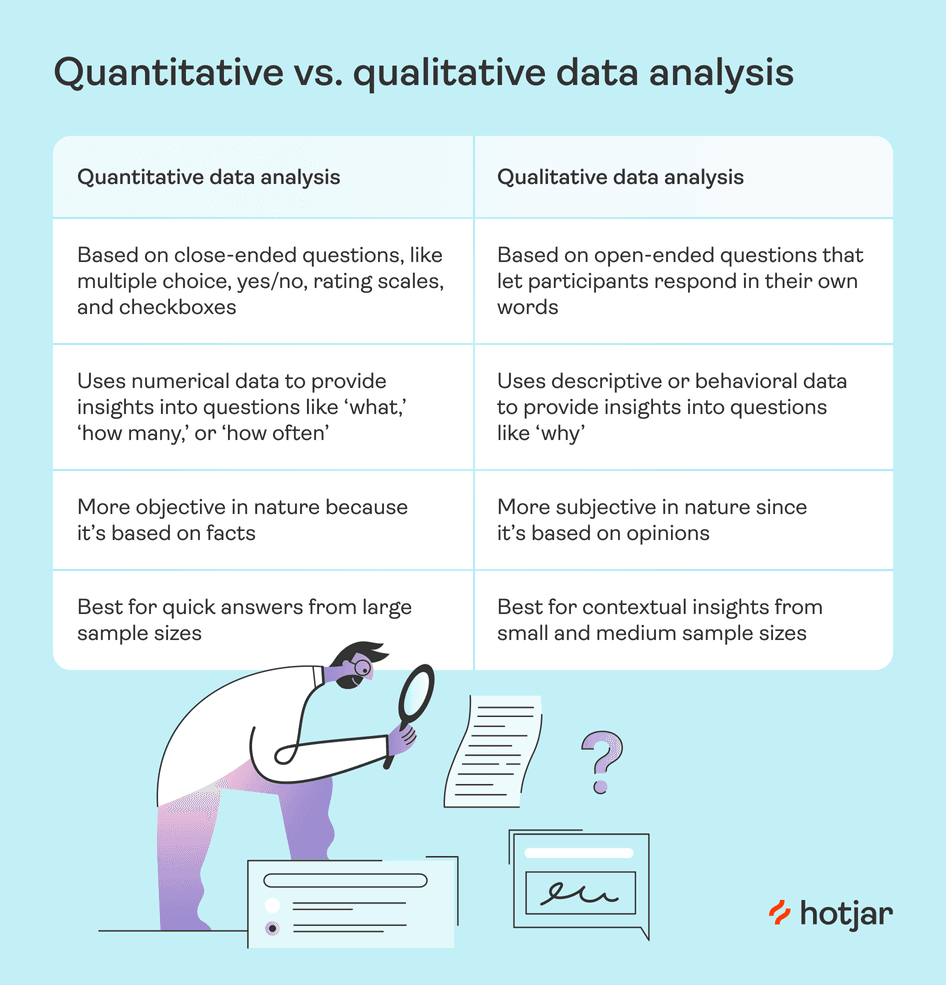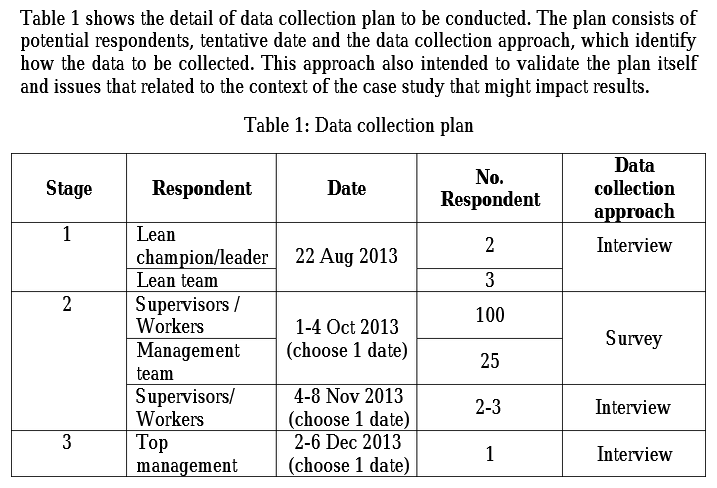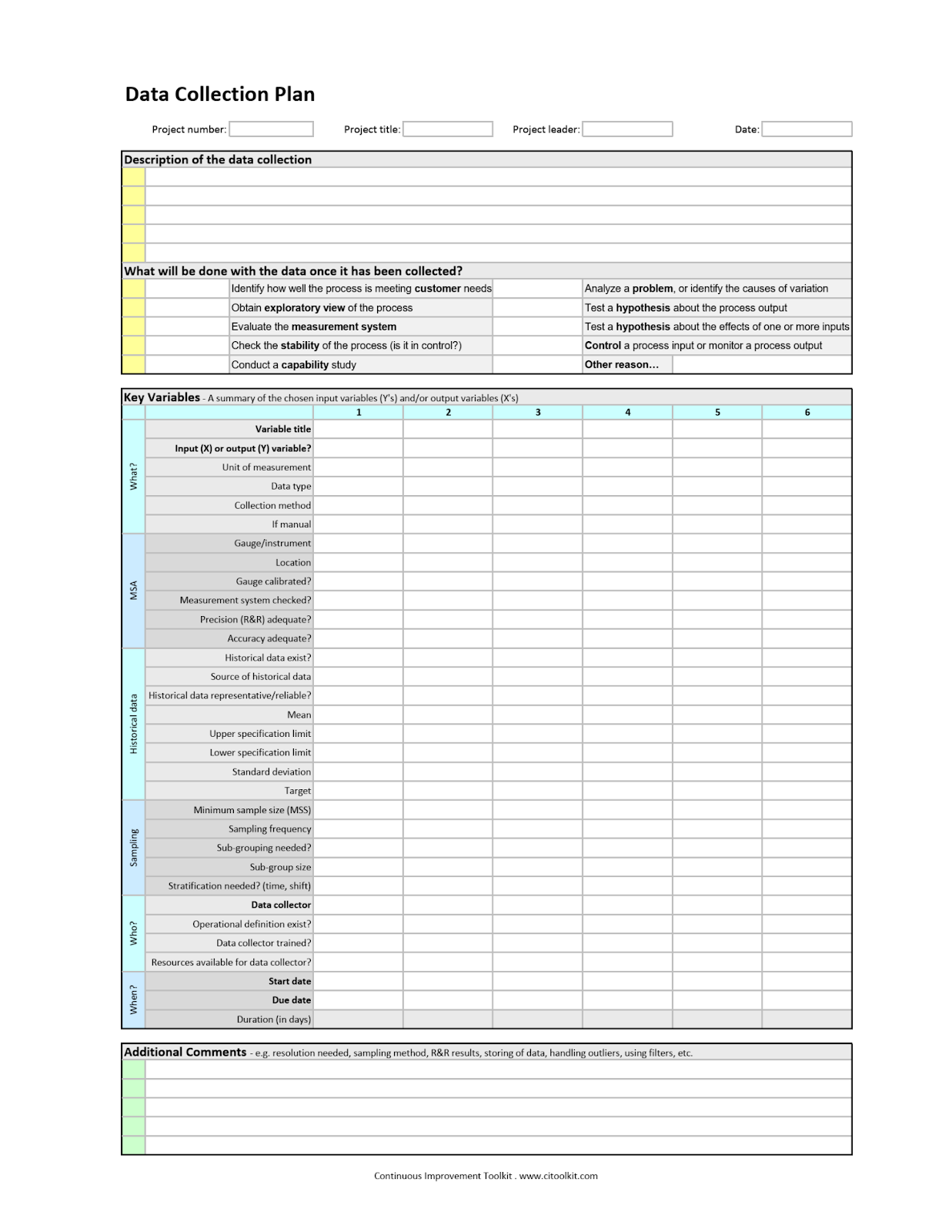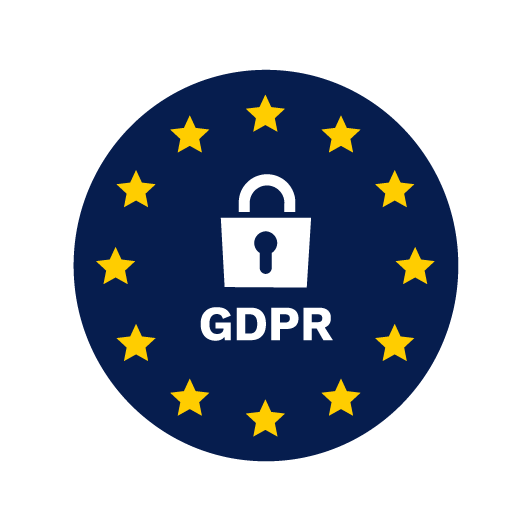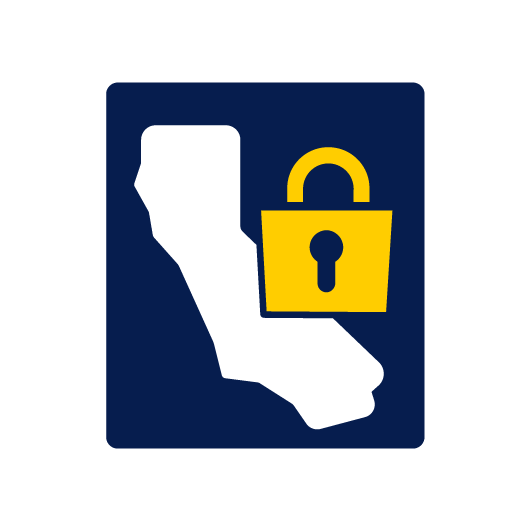How to Write a Data Collection Plan (Templates and Examples Included)
In a world where data drives decisions, how do you make sure you're gathering the right information? With a clear data collection plan in place, you ensure that the collected data leads to actionable insights.
Effective data collection is key to smart decision-making, grounding strategies in solid evidence rather than guesses. A well-designed data collection plan guarantees that you're collecting not just any data, but the right data, crucial for spotting trends, refining processes, and deeply understanding customer needs in any sector.
By the end of this article, you'll understand the importance of planning your data collection and how to do it effectively.
What is a data collection plan?
A data collection plan is a roadmap for identifying what data you need, the ways in which you'll collect it, and how you'll analyze it. The core purpose is to ensure that your data collection is targeted, efficient, and reliable, providing meaningful insights for your project or study.
Data collection plans should be developed at the start of a project or study, before any data is collected. Typically, this responsibility falls to project leaders, researchers, data analysts, or a designated team member with expertise in data management.
What does a typical data collection plan document cover
From setting clear objectives to establishing robust communication channels, each section of the plan is a stepping stone towards having a thorough data collection strategy:
- Objectives: Start with a specific goal for your data collection. Clearly state why this data is crucial and how it will impact your project or decision-making. This step ensures that every part of your plan aligns with your end goal.
- Data typology: Decide whether you need quantitative (numerical) or qualitative (descriptive) data. Clarify the importance of each data type in the context of your objectives. This clarity helps in selecting the right tools and methods for data collection.
- Collection methodology: Select appropriate methods like surveys, interviews, or analysis of existing data. Prioritize data quality; for surveys, this means clear, unbiased questions; for interviews, standardized interviewing techniques; etc.
- Data management protocols: Plan for the storage, organization, and protection of your data. Address ethical considerations, especially for sensitive information. Include a system for updating and correcting data to maintain its accuracy over time.
- Project timeline: Outline a realistic timeline with start and end dates, including key milestones. Incorporate flexibility for unforeseen delays or challenges.
- Needed resources: Identify the team, tools, and budget required. Clearly define roles and responsibilities to ensure a smooth data collection process.
- Data analysis strategy: Determine how you'll analyze the collected data. Include methods for dealing with unexpected findings, like ambiguous, conflicting, corrupted, or incomplete data.
- Feedback mechanisms: Establish a mechanism for ongoing assessment and adjustment of your data collection methods. This allows you to adapt and refine your approach as needed.
- Communication framework: Decide how and when you'll communicate your findings. Depending on the project, you might need to keep stakeholders updated throughout the process, not just at the end, to maintain engagement and transparency.
Try to meticulously address each of these elements to set the stage for successful data gathering.
Ways to collect data
Collecting data is akin to gathering and sorting the pieces for a puzzle. Each piece, or data point, is critical to form a complete and accurate picture of the subject under study.
To ensure that this picture is as clear and precise as possible, researchers and analysts employ a variety of data collection methods outlined in the image below.
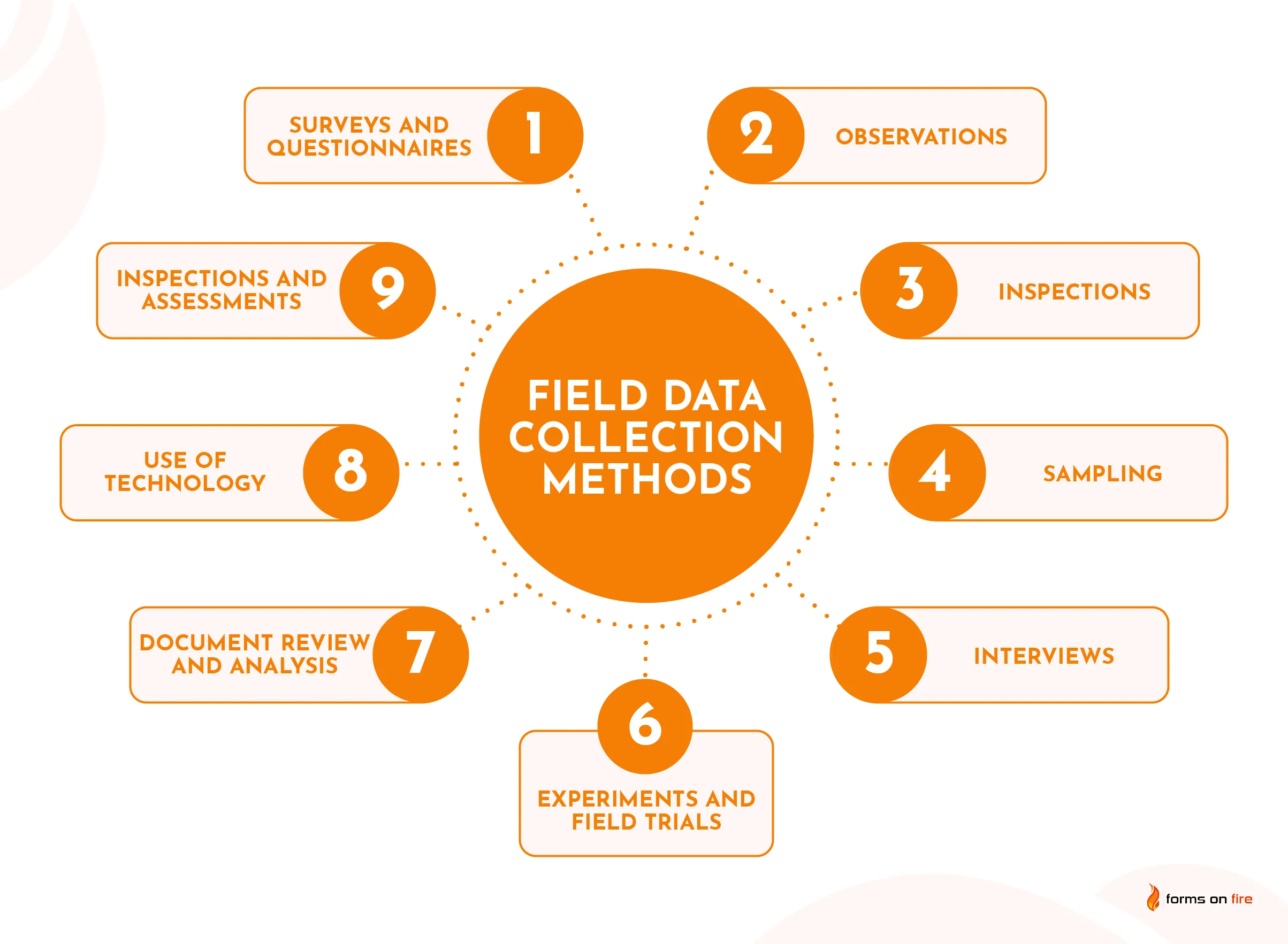
- Surveys and questionnaires: These involve asking structured questions to a large group of people. Consider the timing of your survey distribution — sending out surveys at a time when your target audience is likely to be available and attentive can significantly improve the response quality.
- Interviews: One-on-one conversations that allow for deep dives into subjects' thoughts and experiences. Record interviews (with permission) and note non-verbal cues. These can provide context often lost in written notes, like the respondent's tone or hesitation.
- Focus groups: Small groups of people discuss specific topics, providing qualitative data on opinions and behaviors. Use a skilled moderator who can encourage quieter members to speak up and keep dominant personalities from overtaking the conversation.
- Observations: Watching and recording behavior or events as they naturally occur. If possible, conduct observations at different times or in varied settings. This helps in understanding if the observed behavior is consistent or situation-dependent.
- Inspections and assessments: Examining objects, processes, or places in detail, often using a structured approach supported by pre-made checklists.
- Document review and analysis: Systematically reviewing and interpreting existing documents to extract data. Cross-reference information from different documents for a more comprehensive understanding. This triangulation can validate findings and reveal deeper insights.
Each of these methods offers a unique way to gather data and comes with its own set of pros and cons. Take your time to decide which data collection methods are the best fit for your use case.
Steps for writing an effective data collection plan
With the theory out of the way, let’s see how to write a proper data collection plan, step by step.
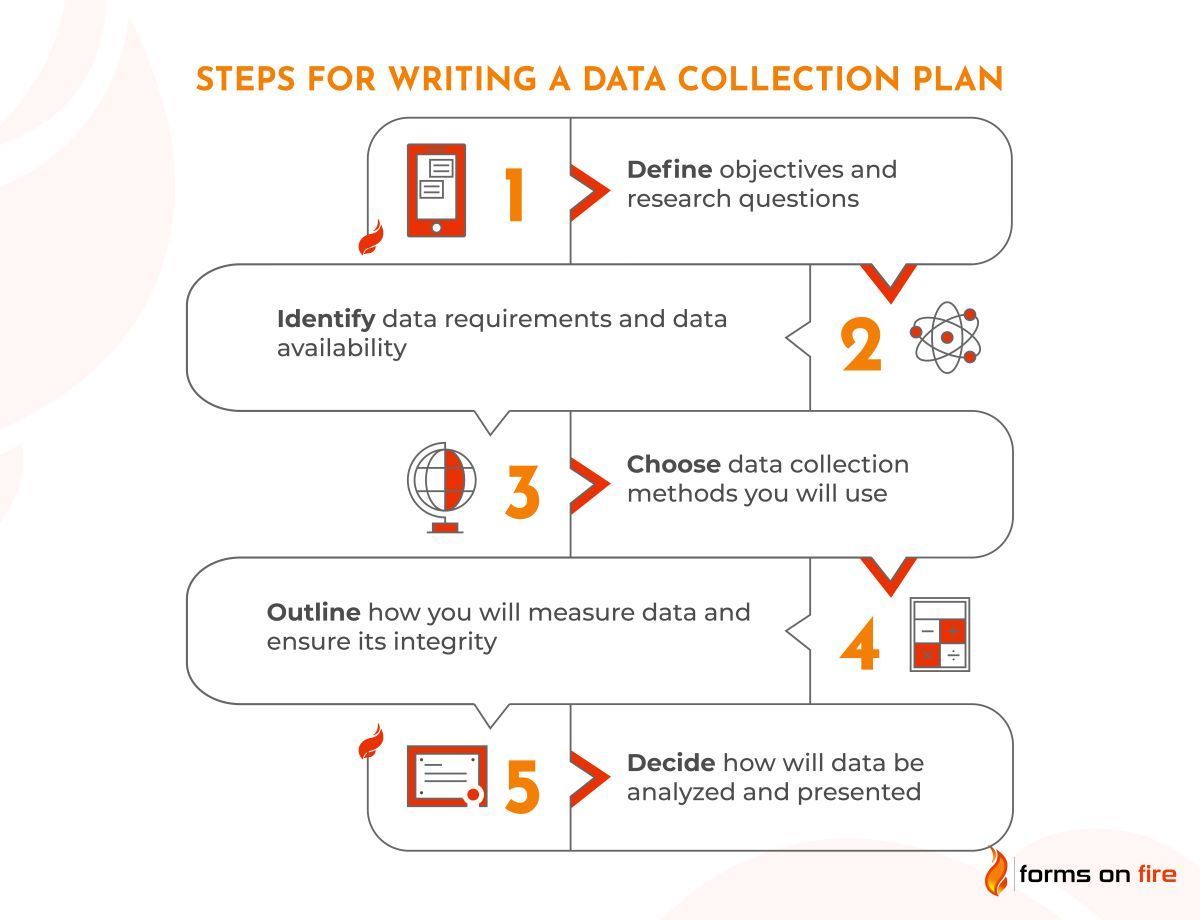
1. Define objectives and research questions
Write down a statement of purpose that explains what you intend to discover, decide, or achieve. This statement will act as the compass for your data collection journey.
Your research questions must be clear, focused, and aligned with your stated objectives. For every objective, draft at least one research question that, when answered, will bring you closer to your goal.
When finalizing your list of research questions, don't overlook the "so what?" factor. For each one, ask yourself what the implications are if the question is answered or the objective is met. How will it change your understanding, decision-making, or actions? This ensures that your plan has practical value and isn't just an academic exercise.
2. Identify data requirements and availability
Identifying your data requirements is a two-part process: you need to understand the type of data you need and assess the data that is already available to you.
Here's how to understand the type of data you need:
- Consider the nature of your research questions: What data will provide the answers? Is it demographic information, behavioral metrics, financial statistics, etc.?
- Determine the data quantity: How much data is enough to make your results reliable? This can depend on the statistical methods you plan to use and the scale of your project.
- Think about the data quality: What level of accuracy is required? Does the data need to be current, historical, or predictive?
Create a data inventory list. For each research question, list the types of data that could potentially answer it. Next to each type, note down the attributes of the data you need (timeframe, demographic details, granularity, etc.).
To assess the data that is already available to you, follow these:
- Look internally first: Does your organization already have some of the data you need? This could be sales records, customer feedback, or past survey results.
- Consider external sources: Is there public data available that fits your needs, such as government databases, research papers, or industry reports?
- Evaluate accessibility: Can you easily access this data, or are there barriers (e.g., paywalls, privacy laws, data sharing agreements) that you need to consider?
For each piece of required data, try to record its source, format, any costs associated with obtaining it, and any potential challenges in accessing it. If data is not available, note down what proxies could be used or whether secondary data collection is necessary.
Completing this step will form the backbone of your data collection strategy, guiding you on where to focus your resources.
3. Choose how you will collect data
Based on your data requirements, select the most suitable collection methods. Will you use surveys, interviews, observations, experiments, or a combination of multiple methods?
Match data collection methods to the type of data you need. For quantitative data, you might use surveys or sensor data. For qualitative data, consider interviews or focus groups. Think about the context of your research — does it call for controlled experiments, or would field studies yield better results?
Once you've selected a method, it's time to think about who will shoulder the task. The 'who' could range from your own team members to external professionals, depending on the expertise required.
Incorporate quality control measures right from the start. This should include when and where data will be collected, the tools or technologies used, and the step-by-step process for gathering the data.
Finally, address ethical considerations, especially if you’re dealing with human subjects or sensitive data. Obtain necessary permissions and ensure you’re compliant with relevant laws and regulations.
4. Outline how you will measure data and ensure its integrity
Clearly specify what you are measuring and how it will be quantified. Are you looking at frequencies, averages, percentages, or growth rates? Ensure that the chosen metrics align directly with your research questions and objectives.
Develop and document standardized procedures for data measurement: define operational terms, detail measurement techniques, and specify the equipment or software used.
For each variable, write down a clear operational definition, which is a detailed description of the procedures used to measure it. For example, if you're measuring customer satisfaction, define what constitutes satisfaction and the scale you're using (e.g., 1-5 likert scale).
To ensure data integrity, team members tasked with collecting and analyzing data really need to know what they’re doing. If you’re using instruments or software, ensure they are calibrated and tested before data collection begins. Consider running a pilot study or trial to test your measurement processes and make adjustments where necessary. This helps you catch potential issues before you roll out large-scale data collection.
Create a data log that records when and by whom data was collected, entered, and verified. Make sure to regularly check a sample of data entries against the original data to ensure accuracy. If you’re using mobile forms or other digital tools to collect data, most of this can be automated.
Lastly, decide in advance how you will deal with missing data or outliers. Will you use imputation methods, or will you exclude it? Make sure your approach is consistent and documented.
5. Decide how will data be analyzed and presented
Outlines each step of your analysis process: the methods you'll use, the required tools, and the sequence of analysis.
Choose analysis methods that align with your data types and objectives. For analyzing quantitative data, statistical methods like regression analysis, ANOVA, or cluster analysis might be appropriate. For analyzing qualitative data, try content analysis, thematic analysis, or discourse analysis.
If you have a complex project and plan to use specific software to analyze data, decide which one that is going to be. Options could range from statistical software like SPSS or R for quantitative analysis to software like NVivo for qualitative data analysis.
Think about how you will present your data. This could be in the form of reports, infographics, dashboards, or presentations. Choose the format with your audience in mind — what format will be most clear and persuasive to them?
Try sketching out a draft of your final report or presentation early in the planning process. This helps you visualize the end product and ensure that your data collection and analysis will support this outcome.
Data collection plan examples and templates
Below are four different examples and templates you can use to build your own data collection plans.
Streamline data collection process with Forms On Fire
Forms on Fire offers a flexible, accessible, and efficient platform for automating and simplifying data collection and management:
- Customizable forms and mobile accessibility: Design forms specific to your needs and capture data on the go, even offline, with mobile device support.
- Automated workflows and integration capabilities: Automate processes like notifications and data analysis upon form submission, while seamlessly integrating with over 1,500 systems.
- Real-time data access and reporting: Access and analyze data instantly for timely decision-making, trend spotting, and addressing issues quickly.
- Cloud-based data storage: Securely store all data in the cloud, ensuring safety and availability from any location at any time.
- User-friendly interface: Enjoy an intuitive platform that requires no coding skills, making it easy for anyone in your organization to create and use forms.
Ready to transform your data collection process? Start a free trial below or
schedule a product demo and see how our solution can answer your data management needs!
Company
Platform
Resources
Contact
+1 (425) 214-1920
10900 NE 4th Street, Suite 2300
Bellevue, WA 98004

